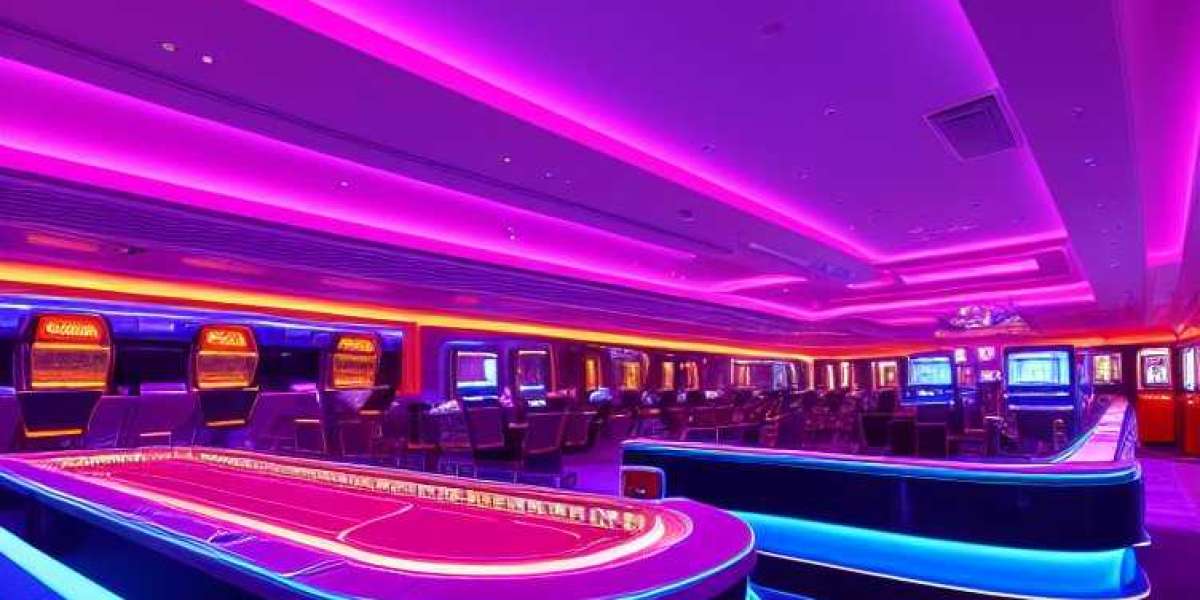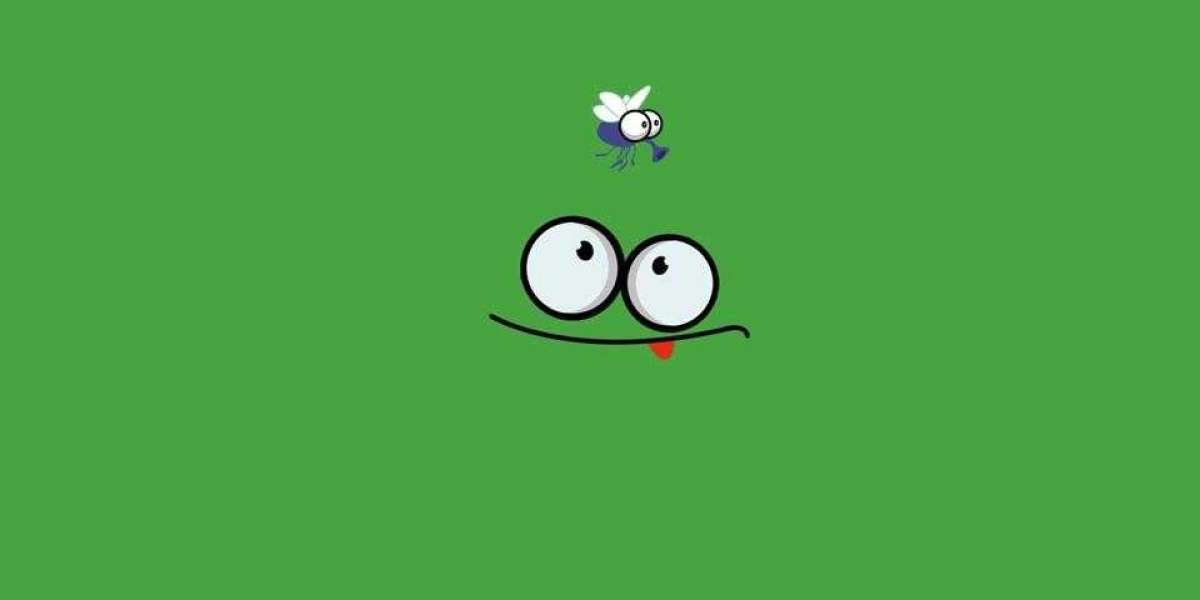Understanding Motion Graphics
Before diving into the specifics, let’s clarify what motion graphics are. Motion graphics involve the use of animation and video techniques to create the illusion of movement. Unlike traditional animation, which often features character-driven narratives, motion graphics primarily focus on graphic design elements like shapes, text, and colors. They are widely used in explainer videos, advertisements, social media content, and more.
The Role of a Motion Graphics Designer
A motion graphics designer plays a crucial role in creating these engaging visual experiences. They utilize various software tools to design and animate graphics that convey messages effectively. Whether it's a corporate explainer video or a fun social media animation, motion designers bring concepts to life through their expertise in visual storytelling.
The Importance of Audience Engagement
Audience engagement is essential for any successful marketing strategy. It refers to the interaction between the audience and the content, where viewers feel connected and involved. High engagement levels can lead to increased brand loyalty, higher conversion rates, and a stronger overall brand presence.
So, how do motion graphics contribute to audience engagement? Here are several reasons that highlight their effectiveness:
1. Visual Appeal
One of the primary reasons motion graphics are so effective is their visual appeal. Humans are naturally drawn to movement; it captures our attention far more effectively than static images. Bright colors, dynamic transitions, and engaging animations can create an immersive experience that holds viewers' focus.
2D motion graphics take this a step further by providing a unique aesthetic that can be tailored to fit any brand’s identity. A well-designed motion graphic can evoke emotions and spark interest, making viewers more likely to engage with the content.
2. Simplifying Complex Information
In today’s fast-paced world, audiences often have limited time to absorb information. Motion graphics and animation simplify complex ideas by breaking them down into easily digestible visual segments. For example, a motion graphic can illustrate a complicated concept, such as a technical process or product features, in a way that’s easy to understand.
By using animations to represent data or workflows, brands can communicate their message more effectively. This is especially useful in fields like technology, finance, or healthcare, where information can often be dense and confusing. A skilled motion graphics designer can help transform this information into a compelling narrative that resonates with the audience.
3. Enhanced Storytelling
Storytelling is a powerful tool for engagement, and motion graphics can enhance storytelling in a unique way. Through the combination of visuals, sound, and text, motion graphics can create a cohesive narrative that draws viewers in. Whether it's a brand story, customer testimonial, or an educational piece, motion graphics allow creators to convey their message creatively.
Incorporating storytelling elements into motion graphics helps establish an emotional connection with the audience. When viewers relate to a story, they are more likely to remember the brand behind it, leading to increased brand recall and loyalty.
4. Higher Shareability
In the age of social media, shareable content is essential for increasing brand visibility. 2D motion graphics are inherently more shareable than static images or text-heavy content. People are more likely to share engaging videos with friends and followers, which can exponentially increase a brand’s reach.
When motion graphics are designed to be visually stunning and informative, they have a higher chance of going viral. This not only brings new audiences to the brand but also strengthens relationships with existing customers who feel compelled to share quality content.
5. Versatility Across Platforms
Motion graphics are incredibly versatile and can be utilized across various platforms. From social media to websites, presentations, and email marketing, these animations can adapt to different formats and audiences. This versatility ensures that brands can maintain a consistent visual identity across all touchpoints, enhancing their overall engagement strategy.
By utilizing 2D motion graphics in different formats, brands can tailor their messaging to fit the platform while still maintaining a cohesive look and feel. This adaptability is crucial for reaching diverse audiences in today's digital landscape.
6. Immediate Communication
In a world where attention spans are dwindling, the ability to communicate information quickly is invaluable. Motion graphics enable brands to convey their messages in a matter of seconds. With rapid visual transitions and concise text, viewers can quickly grasp the key points without sifting through excessive information.
This immediacy is particularly beneficial in marketing campaigns where the goal is to capture attention swiftly. An engaging motion graphic can deliver essential information before viewers lose interest, driving them to take action, whether it's visiting a website, subscribing to a newsletter, or making a purchase.
7. Emotional Engagement
Visual content has the power to evoke emotions, and motion graphics are no exception. By using colors, shapes, and animations strategically, designers can create a mood that resonates with viewers. For example, vibrant colors and playful animations can elicit joy, while softer hues and smoother transitions might convey calmness.
Emotional engagement is a significant factor in audience retention. When viewers feel a connection to the content, they are more likely to engage with the brand on a deeper level. This emotional bond can lead to long-term loyalty and advocacy.
8. Increased Retention Rates
Studies have shown that people retain information better when it’s presented visually. Motion graphics enhance retention rates by providing a multi-sensory experience that combines sight and sound. When viewers engage with animated content, they are more likely to remember the information presented.
This is particularly useful in educational settings or for brands looking to explain complex products. By integrating motion graphics and animation into their materials, brands can ensure that their messages are not only seen but also remembered.
9. Encouraging Action
Ultimately, the goal of any marketing effort is to drive action, whether it’s a click, a sign-up, or a purchase. Motion graphics can effectively guide viewers toward a desired action through strategic design and messaging. By incorporating clear calls to action (CTAs) within motion graphics, brands can prompt viewers to take the next step.
For instance, an animated explainer video can conclude with a compelling CTA, encouraging viewers to visit a website or sign up for a service. This clear direction helps convert engagement into tangible results.
10. Establishing Brand Identity
Finally, motion graphics play a vital role in establishing and reinforcing brand identity. Consistent use of specific colors, typography, and animation styles can help create a recognizable brand image. When audiences see motion graphics that align with a brand’s identity, they form associations that contribute to brand recall.
A talented motion graphics designer can create animations that encapsulate a brand’s personality, values, and messaging. This visual consistency across different platforms strengthens the overall brand identity and helps foster audience loyalty.
Conclusion
In conclusion, what makes motion graphics effective for audience engagement? Their visual appeal, ability to simplify complex information, enhance storytelling, and create emotional connections are just a few factors. The versatility of motion graphics, particularly 2D motion graphics, allows them to be used across various platforms, driving higher engagement rates.







